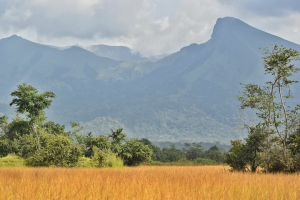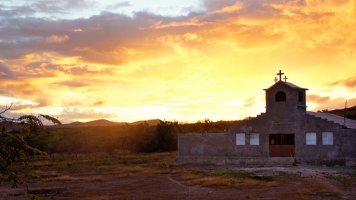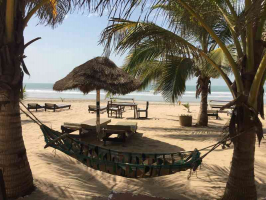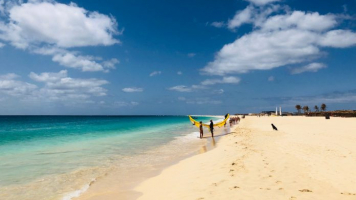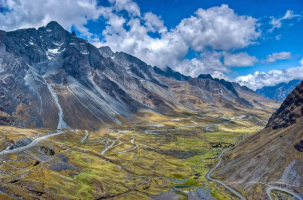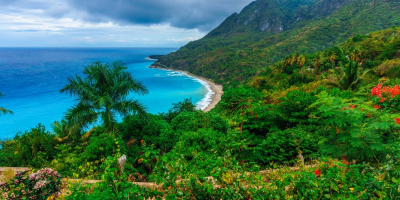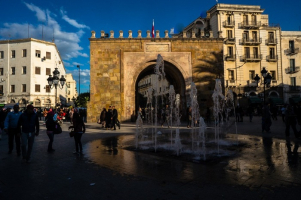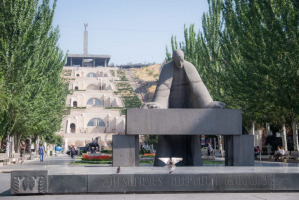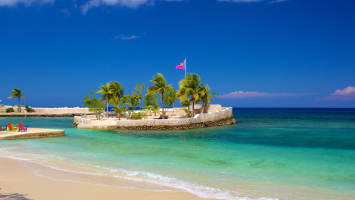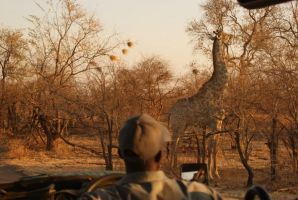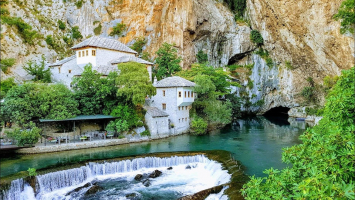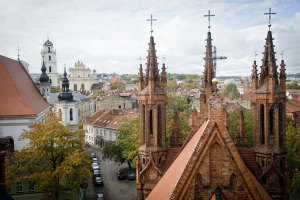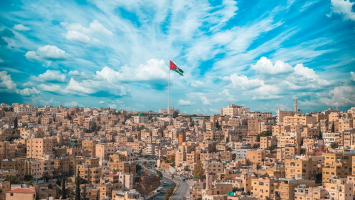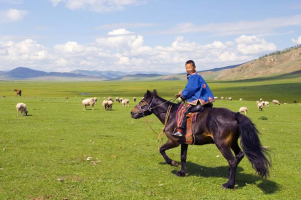Top 10 Travel Destinations in Romania
Snowy mountain peaks, endless forests, rolling hills, fine sandy beaches, the Danube Delta's aquatic paradise, medieval towns and traditional villages, all of ... read more...these elements combine to make Romania an incredible place to visit. Romania, also known as Dracula's country, has far more tourist potential than the ghost and vampire stories that have made the country famous around the world. Let's take a look at some of the best places to visit in Romania as recommended by a Romanian.
-
Sibiu is a charming little town in Transylvania's south. Sibiu, the former capital of culture in 2007, is rated three stars by the Michelin guide, indicating that it is highly recommended for a visit and should be on your Europe bucket list.
It's easy to see why: the former medieval town has kept most of its historical features, including impressive 15th-century defense walls, elegant baroque buildings, and Gothic churches.The three adjacent squares, a meeting place, and a promenade for tourists and locals alike, add to Sibiu's charm.
Summertime brings a festive atmosphere to every corner, with live music and relaxed people enjoying a drink or dinner in the cool evening air. Keep your eyes on the roofs while in Sibiu. No one is spying, but the attic skylights have a sleeping eye shape that has become something of a city trademark.
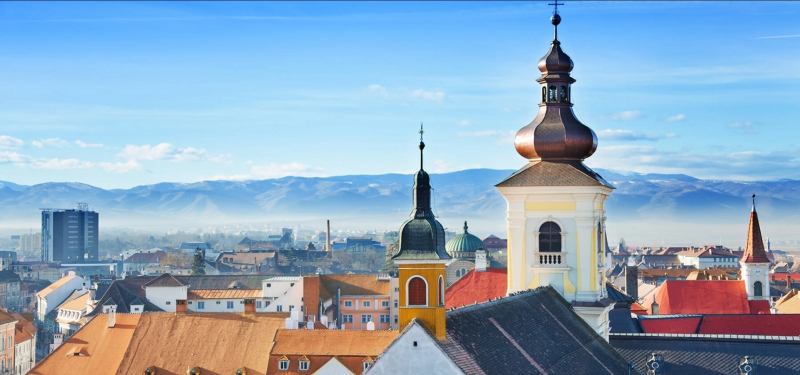
https://www.railbookers.co.uk/ 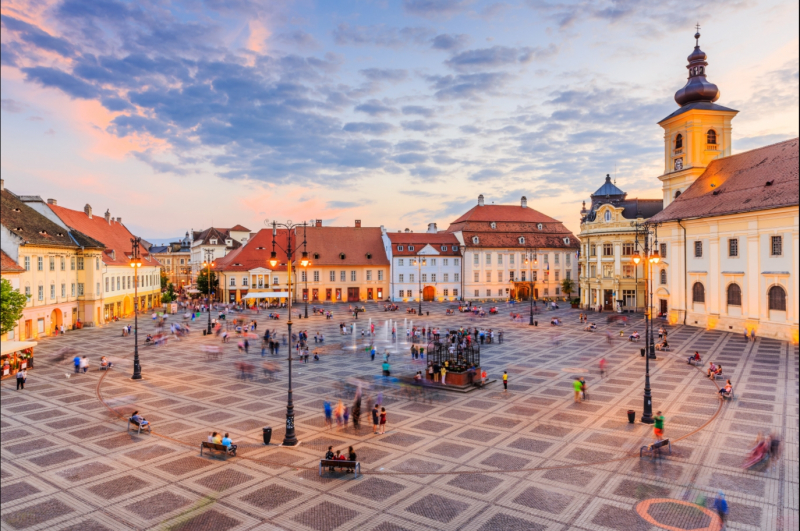
https://www.brightwaterholidays.com/ -
Transfagarasan is a mountain road that runs from north to south through the Carpathian Mountains, reaching altitudes of up to 2000 meters. With countless hairpin curves, dangerous ravines just one meter from the edge of the road, jaw-dropping mountain landscapes, and dozens of waterfalls visible around every corner, crossing the Transfagarasan is the best driving experience.
There are many opportunities to have your head in the clouds on the Transfagarasan. And, on occasion, above the clouds. Because the road is closed from November to July, road trip planners must account for this.It’s definitely one of the best places to visit in Romania.
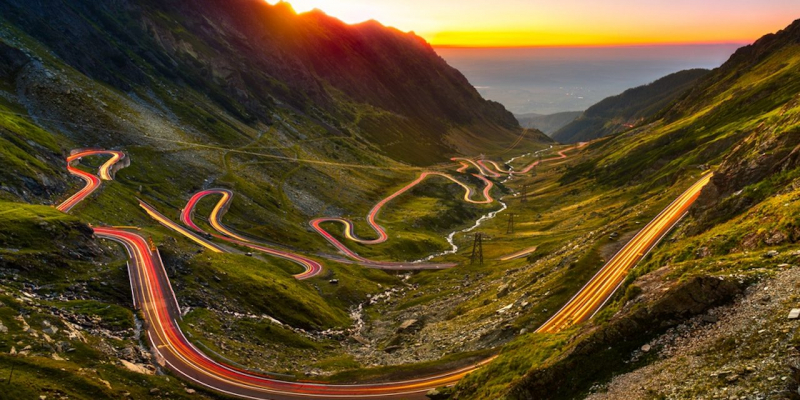
https://travel2romania.com 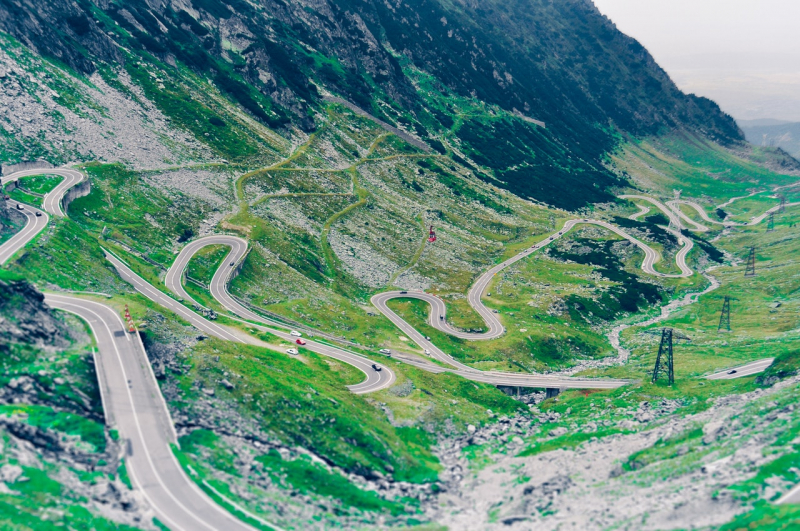
https://www.romania-insider.com/ -
The Danube, Europe's second largest river, splits into three branches before reaching the sea, forming the Danube Delta, a lush world of marshes, floating reed islands, and sands. The labyrinth of channels, surrounded by thatch, willows, and oaks entangled in lianas, provides the ideal habitat for a variety of water birds, fish, and mammals.
The delta is ideal for wildlife enthusiasts, birdwatchers, anglers, nature photographers, and anyone looking to spend a few days in nature, away from civilization. The best time to visit Delta is from early spring to late autumn, and most tours depart from Tulcea, the Delta's starting point.
While it is possible to rent a speed boat for a shorter period of time and reach the Black Sea in about 6 hours, it is recommended that tourists should spend several days to fully appreciate the Delta. Gastronomy, based on fish, is one experience to try in the Delta: there are plenty of dishes to try, from hearty fish soups to fine black caviar.
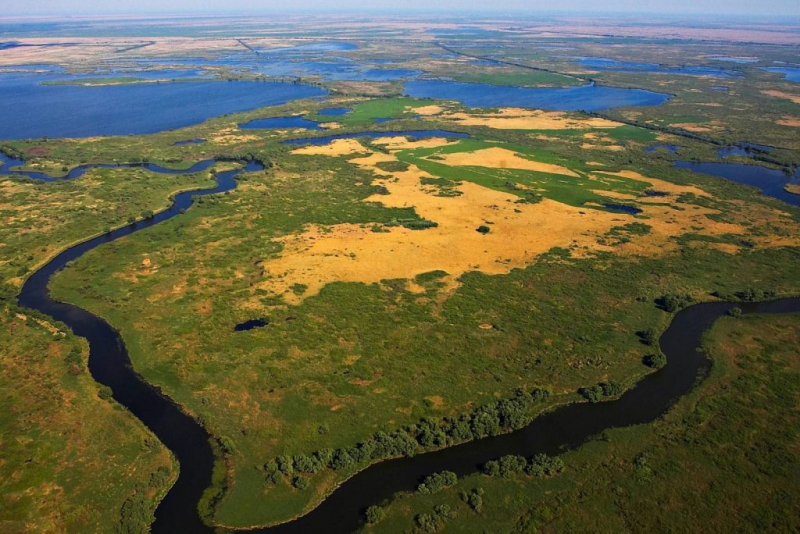
https://www.macsadventure.com 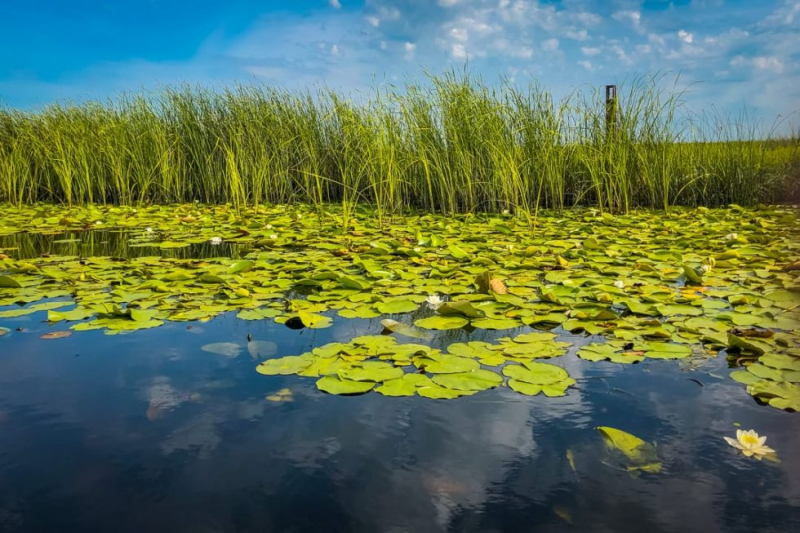
https://www.kathmanduandbeyond.com/ -
Maramures is one of Romania's historic regions with the best preserved rural culture. Maramures is a living museum located in the northwestern part of Romania, near the Ukrainian border in a mountainous area. Maramures' traditional wood art is represented by monumental gates and houses adorned with traditional symbols, as well as wooden churches with sky-high towers.
Maramures is also one of the few regions in Romania where traditional dress is worn every Sunday or during the holidays. Horinca, a fruit distilled alcohol, is served to all visitors as a sign of hospitality in Maramures. For the uninitiated, taste it carefully because it is extremely strong, with a temperature of over 50 degrees Fahrenheit.
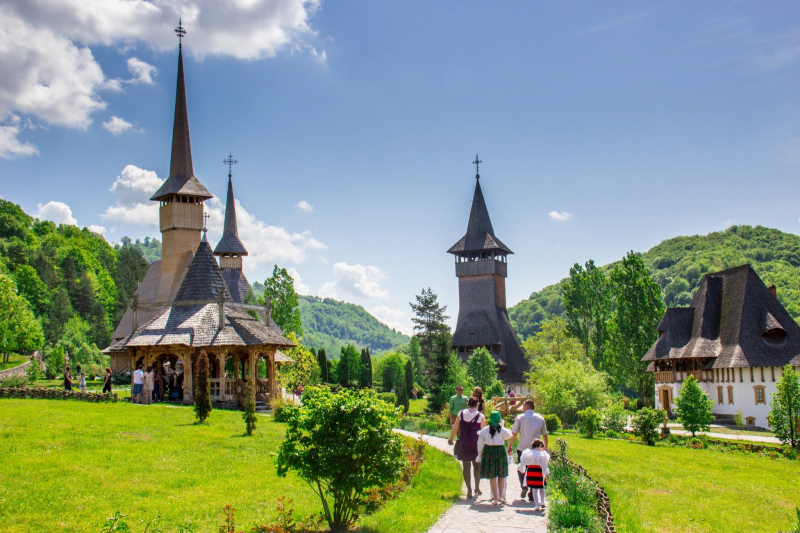
http://www.romaniaforyou.com 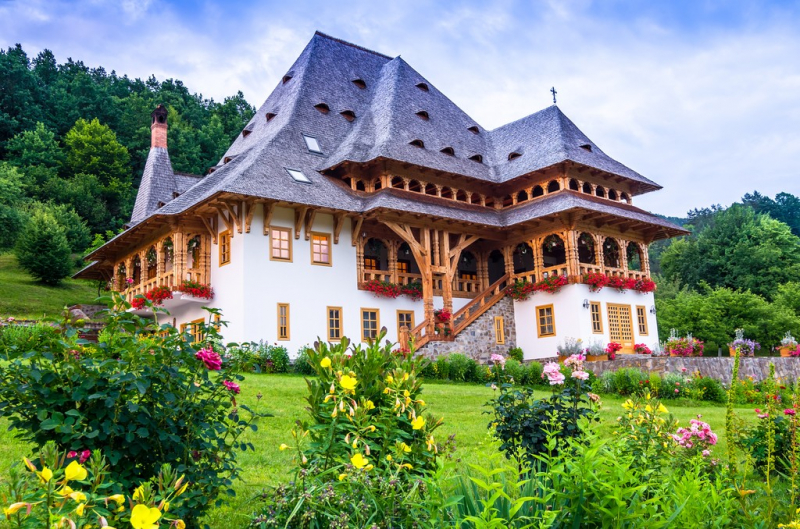
http://www.kimkim.com/ -
Have you ever imagined a cemetery as being "joyous"? They did in Maramures. Death is regarded as a normal stage in the life cycle in Sapanta, Romania's far north. The crosses in the local cemetery are painted in bright colors, most of which are blue. The epitaph on the cross is written in a rather amusing manner by the woodcarver, who is also making the crosses.
The first of these crosses was placed in the cemetery in the 1930s, and today there are more than 800 of them throughout the cemetery. The oak-carved funeral monuments have turned the cemetery into a one-of-a-kind open-air museum and tourist attraction.
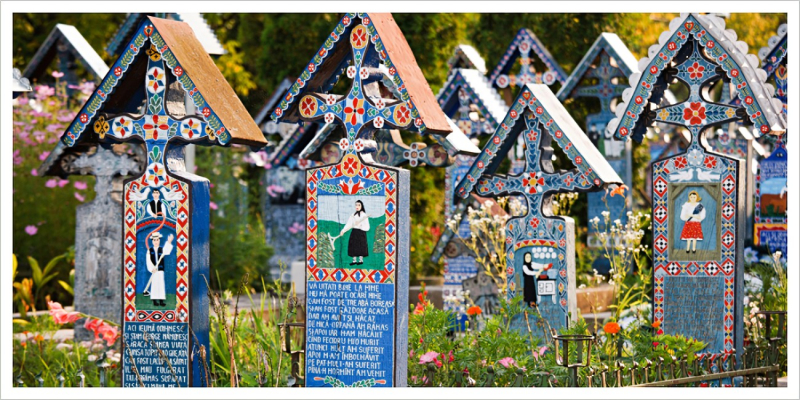
http://romaniatourism.com/ 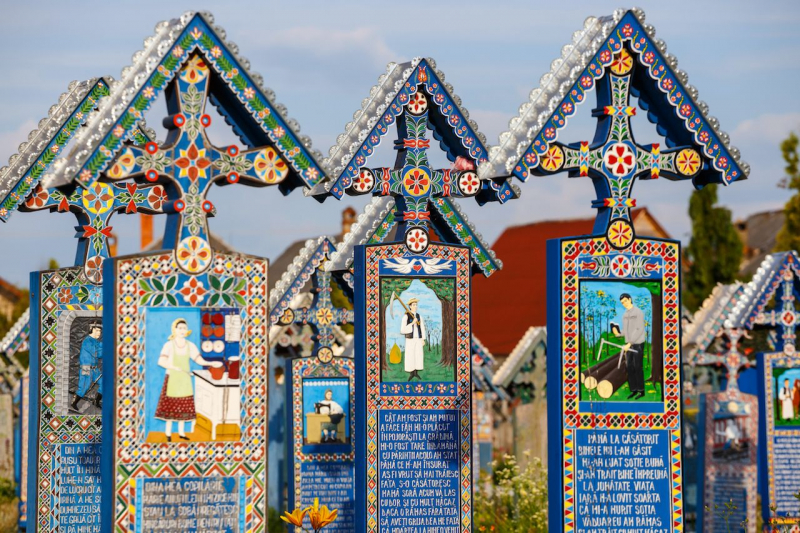
https://matadornetwork.com -
Saxon fortified churches are a one-of-a-kind architectural phenomenon. Churches are similar to other churches, but what distinguishes them is the defensive system that surrounds them. In Transylvania, in the former Saxon villages, the church-fortification combination can be found.
Each village (roughly 300) constructed such a fortification to protect the local community from the Middle Ages' frequent Turkish attacks. Initially, churches were constructed without a protective wall surrounding them, but beginning in the 15th century, the community began to construct defensive walls, towers, and even bastions.
In Transylvania, there are about 100 fortified churches left, with seven of them on the UNESCO World Heritage List. At the very least, people should pay a visit to Biertan, , Prejmer, or Viscri fortified churches.
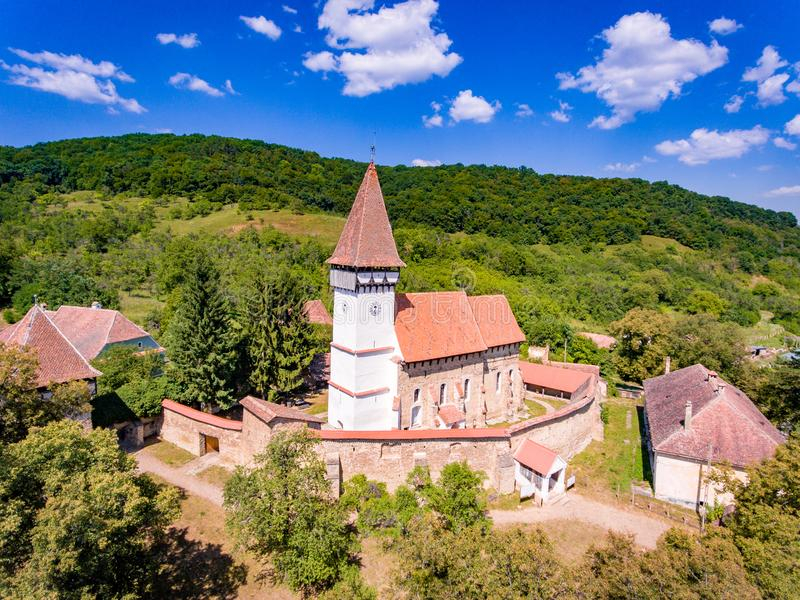
https://www.dreamstime.com/ 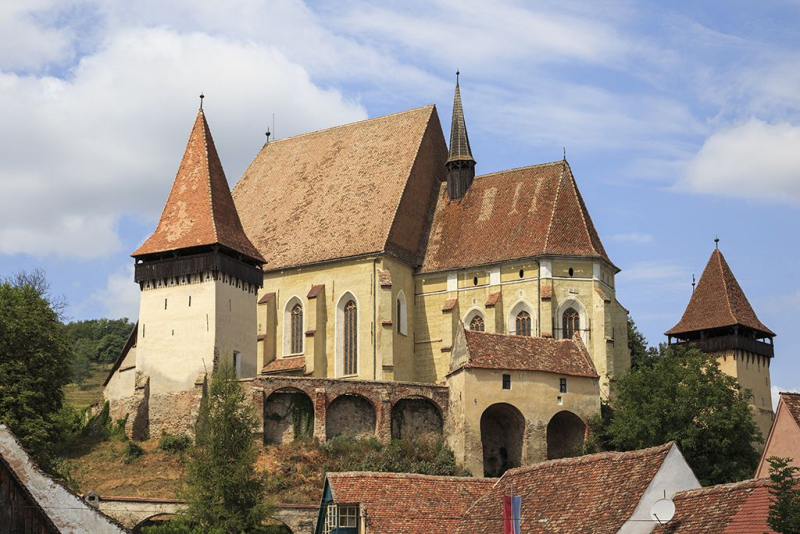
https://wondersoftransylvania.com/ -
The Carpathian Mountains in the north (on the Romanian side) and the Balkan Mountains in the south (on the Serbian side) form the Iron Gates, a canyon where the Danube meets the Black Sea. The best place to see the keys is in the village of Dubova, where visitors can enjoy spectacular views of the Danube flowing through the narrow canyon after a 30-minute walk.
Small cruises through the gorge can be started from nearby ports, where visitors can admire stone-carved inscriptions from the Roman period or visit a few caves that are directly accessible from the Danube.
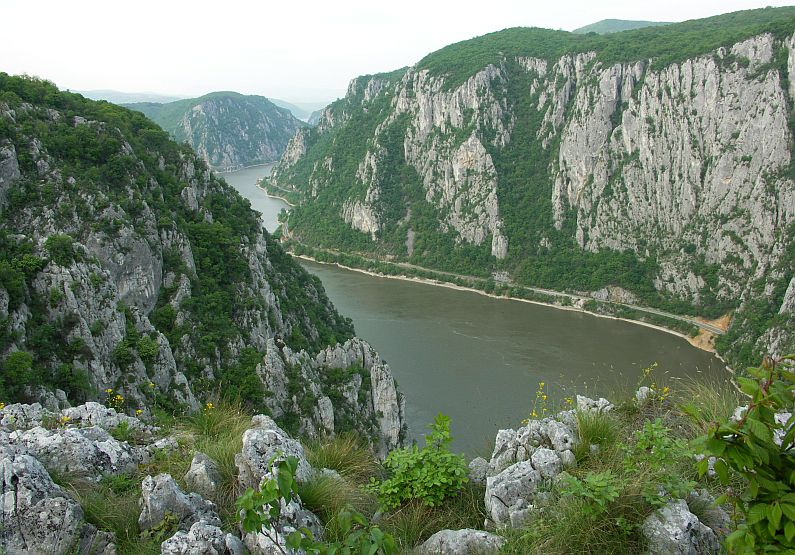
https://travelguideromania.com/ 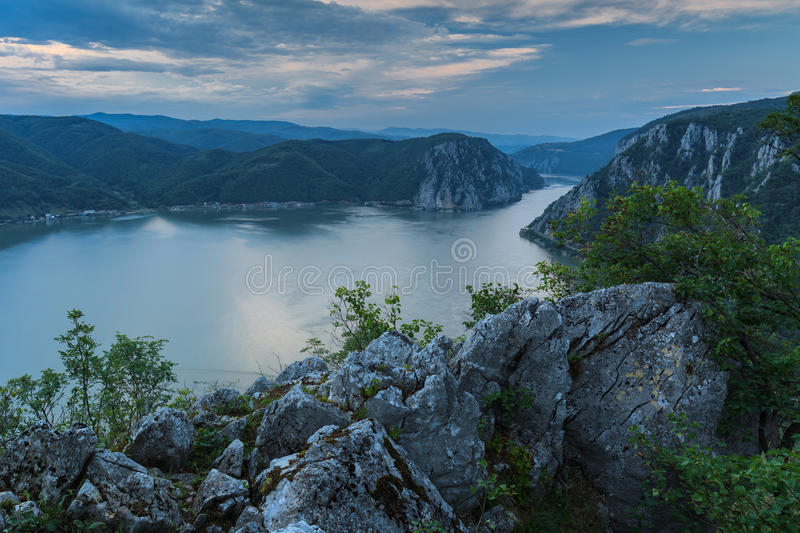
https://www.dreamstime.com -
Turda Salt Mine is a former salt mine in Turda, Transylvania, near Cluj-Napoca, that has been converted into a tourist attraction. Salt mining, which dates back to antiquity, came to an end in the 1930s. The cavities from the Austro-Hungarian period were made available for tourism in 2008.
After a short walk through the salt evacuation gallery, the visitor arrives at the two massive salt caves that are open to the public. The bell-shaped one is the deepest, with a depth of 112 meters and a small lake at its bottom where tourists can rent boats.
The other mine, which is 40 meters deep and 80 meters long and is shaped like a trapezoid, contains a small amusement park with a Ferris wheel, mini-golf, ping pong tables, and a miniature football field. The salt abyss and the lunar atmosphere of the entire ensemble impress visitors, making their visit to the mine feel like a journey into the depths of the earth. It is without a doubt one of Romania's most beautiful destinations.
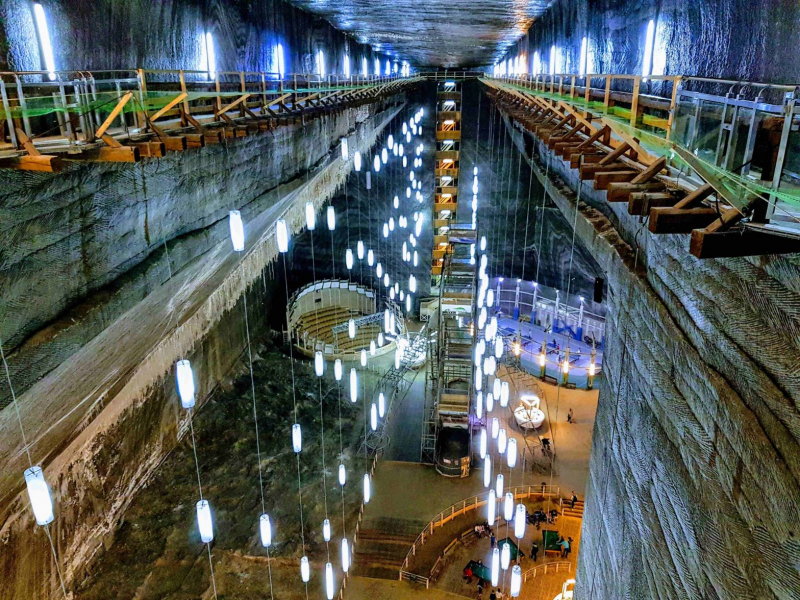
http://www.traveling-romania.com 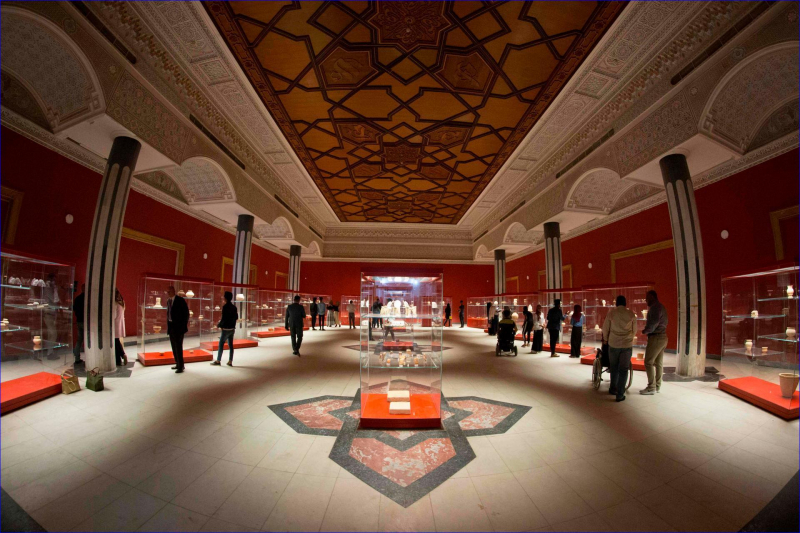
http://www.businessinsider.com.au -
The painted churches in Bucovina, Romania's northeastern region, were built in the 15th and 16th centuries and impress visitors with exterior murals whose colors have survived the harsh environment for more than 400 years.
Both interior and exterior paintings served to make the Bible's stories and Orthodox values more accessible to a mostly illiterate population. Several churches, including Arbore, Humor, Moldovita, Patrauti, Probota, Sfantul Ioan cel Nou (Suceava), Sucevita, and Voronet, have been inscribed on the UNESCO list as masterpieces of Byzantine art.
The most famous of them all is in Voronet, where its exterior painting on a blue background gave the color "the Voronet blue" its name. If you're looking for more ideas, take a look at these interesting places to visit Bucovina.
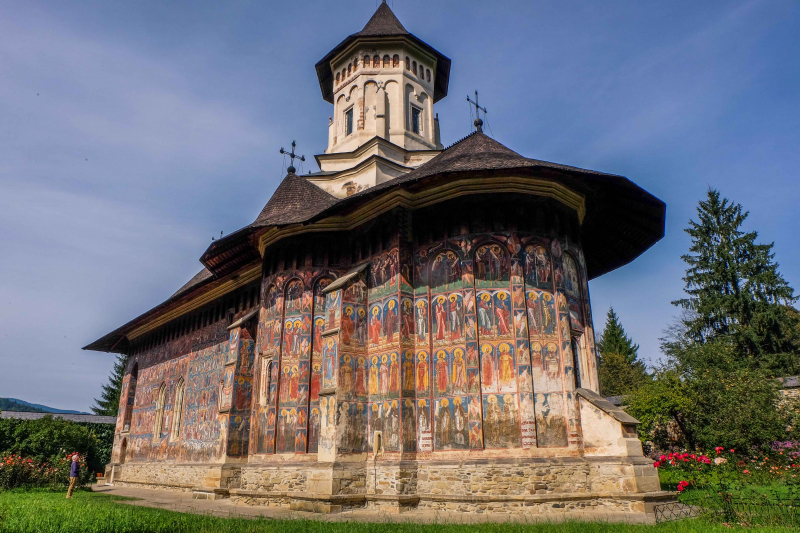
http://romaniatourstore.com 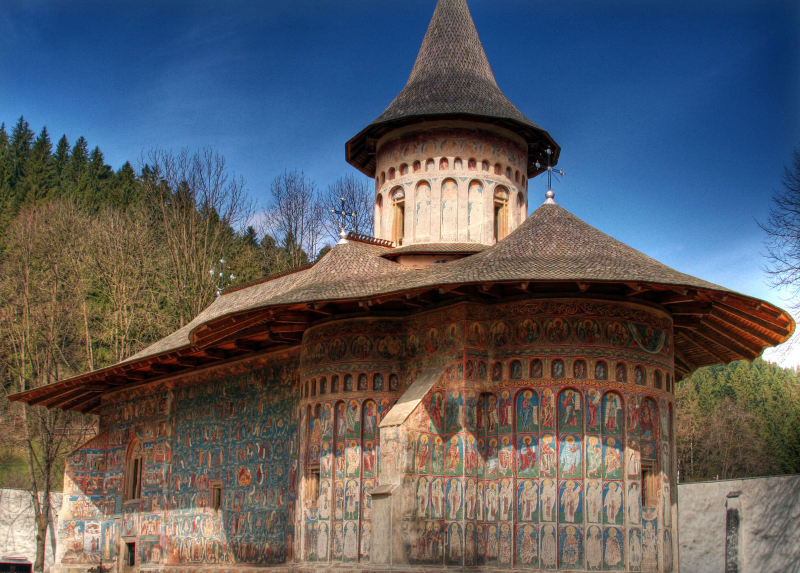
http://www.thousandwonders.net/ -
Timisoara is located in western Romania, near the Hungary and Serbia borders, and is only a few hours drive from Budapest or Belgrade. Timisoara, Romania's European Capital of Culture in 2021, has the most Viennese appearance of any Romanian city. It's no surprise, given the historic district's abundance of Viennese-inspired Baroque and Art Nouveau palaces and churches.
The links with Vienna were established after the Austrian armies captured Timisoara from the Turks in the 18th century. Following that victory, the Austrian Empire absorbed the entire region, and the city was rebuilt from the ground up.
If you visit Timisoara, make sure to take a walk through the historic district and see the three main squares (Union Square, Liberty Square, and Victoriei Square). A good way to see Timisoara is to take a small boat ride on the Bega canal or take the tourist tram.
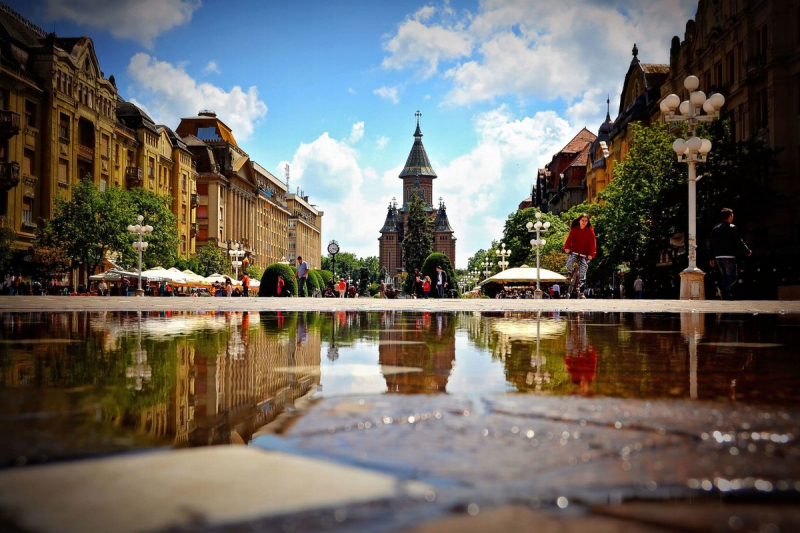
https://www.romaniaexperience.com/ 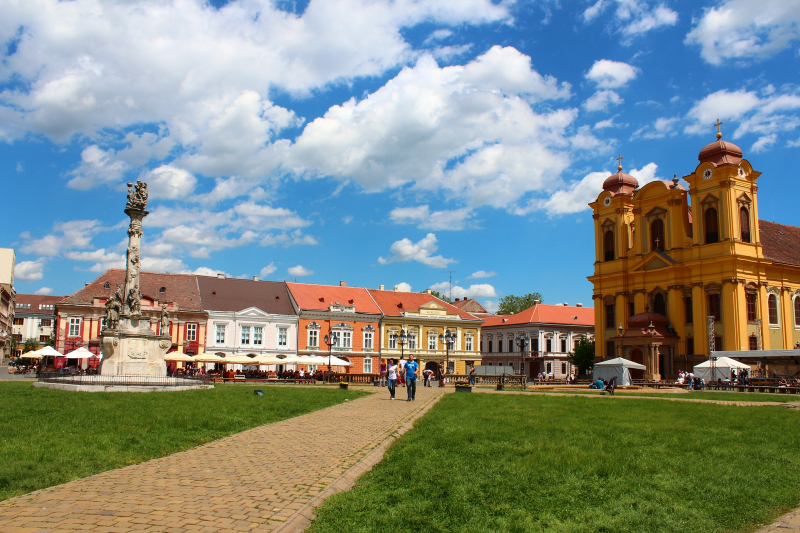
https://www.huffpost.com













